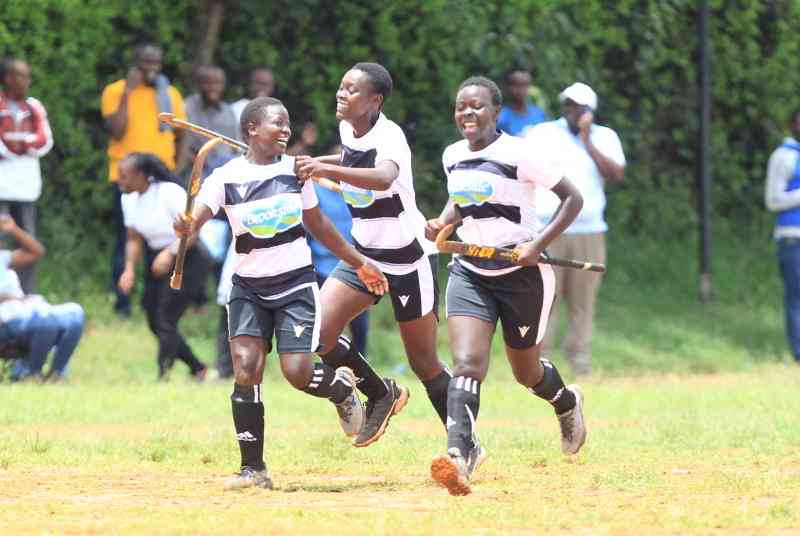Kenya has an estimated population of over 41 million people. The population is growing at a very high rate annually at over 900,000 births per year. Majority of the Kenyan population is made up of young people. 45% of the general population in Kenya are young people below the age of 15 while 19% of the general population are young people between the ages of 15 to 24 years.
According to the National Aids Control Council Approximately 29% of all new HIV infections here in Kenya are among young people and the adolescents. In age group 15 to 19 years new HIV infections stands at 70% for women and 30% for men while in age group 20 to 24 years it stands at 62% for women and 38% for men. It is also estimated that 16% of all people living with HIV in Kenya are adolescents and young people and that 16% of all people in need of ART are adolescents and youth. Moreover according to the Kenya demographic health survey 2014, 9,720 adolescents and young people in Kenya died of AIDS.
The main mode of transmission of the virus among adolescents and young people is through sexual intercourse. This shows that most young people are sexually active. It is estimated that one in five youths aged 15 to 24 years reported sexual debut before the age of 15. Condom use at first sex among young women and men aged 15-24 years stands at 67% for girls and 58% for boys. What is alarming is that as sexual relationship grows, 89% of women between the ages of 15- 24 years reported to abandon the use of condoms with a partner of unknown status.
Majority of young girls and women don’t have the ability to negotiate for safer sex. Most of them are usually subjected to sexual and gender based violence. It estimated that 30% of young girls and women experienced sexual violence during their child childhood.
59% of adolescents and young people in Kenya know about transmission and prevention methods of HIV. For men it stands at 64% and for women 54%.
Only 23% of adolescents aged 15 to 19 years know their HIV status. For women and men between the age of 15 to 19 years it stands at 56% for women and 45% for men while for women and men between the ages of 20 to 24 years it stands at 92% for women and 67% for men.
According to Kenya Stigma Index Survey 2013, HIV stigma and discrimination in Kenya is at 45%. High HIV stigma and discrimination has been sighted to compromise individual’s efforts to access to health care.
Although Kenya has made huge investments in the fight against HIV by halving HIV prevalence over a decade, adolescents and young people still bear the impact of HIV epidemic due to limited access to information, services, stigma and discrimination. It is critical for the government to take steps to reduce stigma and increase awareness so that we, as a society, can reduce and eliminate the number of new cases of HIV infections, ensure all youth are tested and those who are diagnosed with HIV are provided with the appropriate treatment to ensure safety and wellness and, most importantly, that all youth are enveloped in unconditional love — the type of love that frees them from fear of stigma or shame and encourages open and honest dialogue that can ensure health and safety.
 The Standard Group Plc is a
multi-media organization with investments in media platforms spanning newspaper
print operations, television, radio broadcasting, digital and online services. The
Standard Group is recognized as a leading multi-media house in Kenya with a key
influence in matters of national and international interest.
The Standard Group Plc is a
multi-media organization with investments in media platforms spanning newspaper
print operations, television, radio broadcasting, digital and online services. The
Standard Group is recognized as a leading multi-media house in Kenya with a key
influence in matters of national and international interest.
 The Standard Group Plc is a
multi-media organization with investments in media platforms spanning newspaper
print operations, television, radio broadcasting, digital and online services. The
Standard Group is recognized as a leading multi-media house in Kenya with a key
influence in matters of national and international interest.
The Standard Group Plc is a
multi-media organization with investments in media platforms spanning newspaper
print operations, television, radio broadcasting, digital and online services. The
Standard Group is recognized as a leading multi-media house in Kenya with a key
influence in matters of national and international interest.





